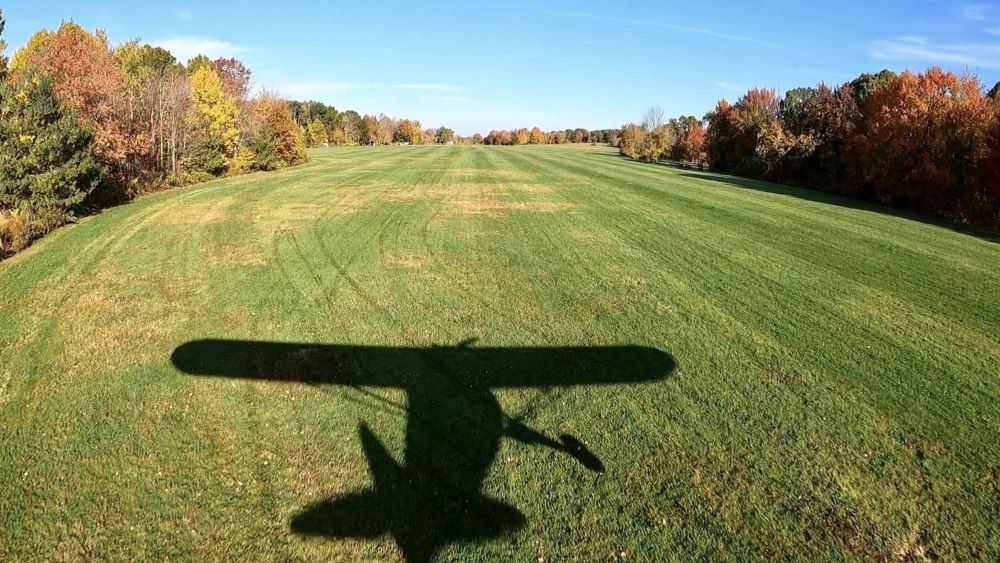‘BACKCOUNTRY’ MEANS MORE THAN YOU THINK

For many, the word “backcountry” brings to mind a setting in the wilderness. We at the RAF consider “backcountry” to be more than a place. It describes a style of flying we enjoy. Where patterns may not be rectangles, and where extra care must be taken to safely land and depart. In our world, “backcountry” is about a thorough understanding of field conditions and aircraft performance along with flexibility and sound judgement, consideration of others, with safety always at the forefront. Our reward is the satisfaction of exercising this unique skill, either solo or sharing it with others.
“Backcountry” describes a wide range of aviation, accessing a variety of landscapes. Our volunteers invest their labor, and supporters generously donate to help provide improvements you can enjoy throughout our entire country, be it the public lands of the west, the prairies in the middle, or the private gems in the east.
We thank you, our supporters, for entrusting us to protect aviation access, and improve the backcountry.
Submitted on June 11, 2025.

Hmmm, I tend to have a more restrictive view of what should be considered backcountry flying. Many of the small, paved airports with facilities that I fly in and out of would align with the broad definition offered, but I wouldn’t consider any of them “backcountry” per se. For me, an element of isolation and lack of developed facilities would be high on the list of actual backcountry airport attributes. A deeper connection to nature and a need for self reliance when flying to these places is paramount in my personal vision of what differentiates a backcountry strip from a challenging small town airport or a private airport that is open to the public. I have no qualms about the RAF supporting unique airports even if they wouldn’t qualify as backcountry in my view, but I do have a problem with considering any airport that has challenging field conditions that require a careful review of aircraft capabilities before visiting as “backcountry”. .Absent a more constrictive definition of what constitutes a back country strip, there would be nothing notable about about being a “backcountry pilot”. I think extra skill is required to access “true” backcountry sites when compared to challenging airports that have facilities and that are located near population centers with lots of resources to call on when Murphy strikes. Any airport that is affected by the light pollution of a major population area fails in my consideration of what backcountry flying is all about. I like flying to lots of places, but a summer’s night on the Alvord Desert with the star shine of the Milky Way as my night light is worlds away from the neighborhood grass strip that I fly to for lunch. Both can be challenging, but one is true backcountry. the other is side-country at best.